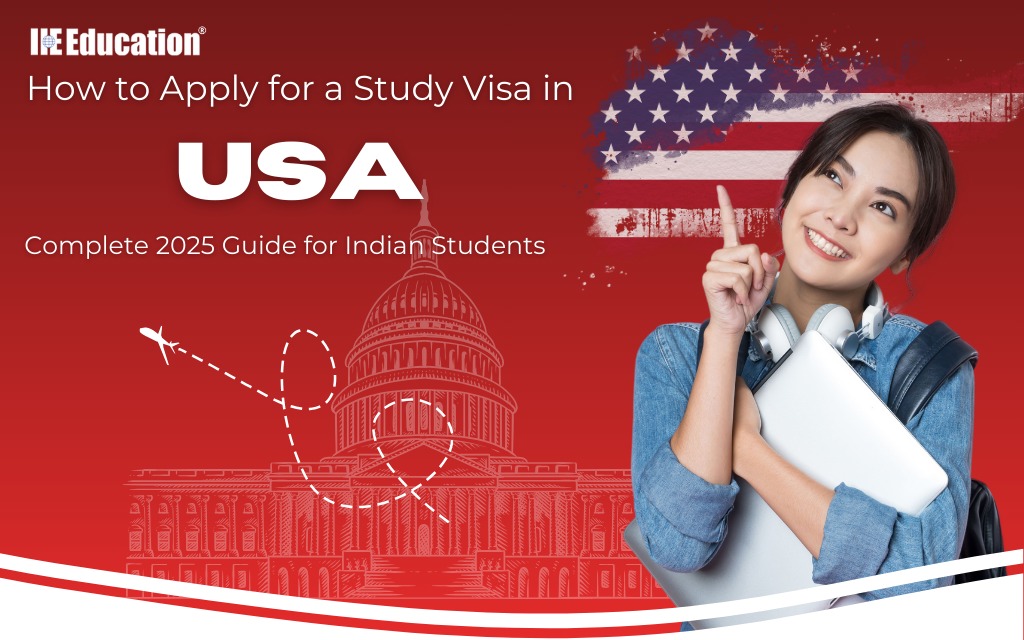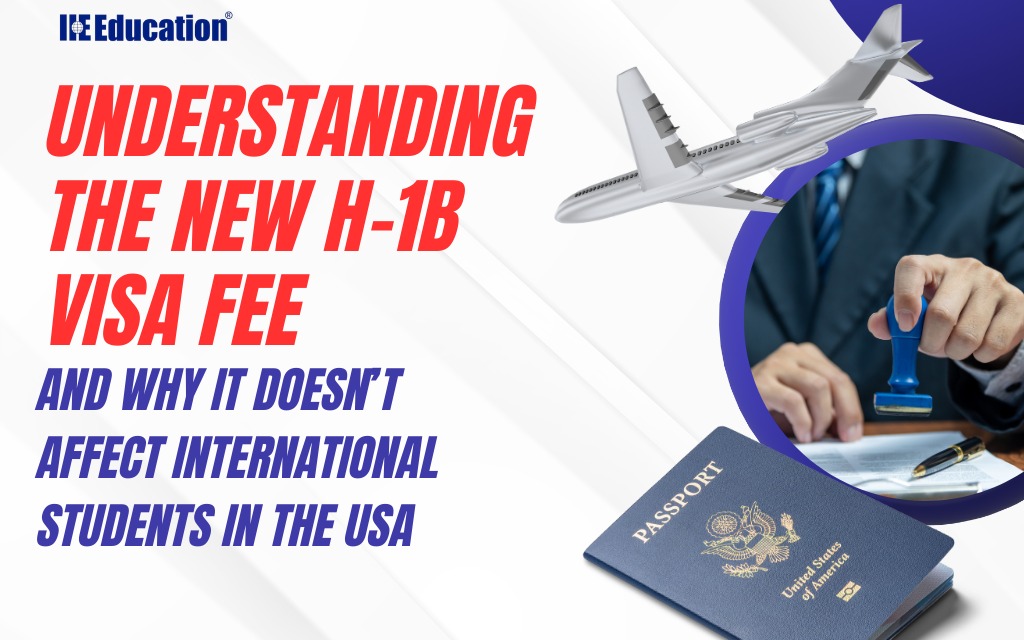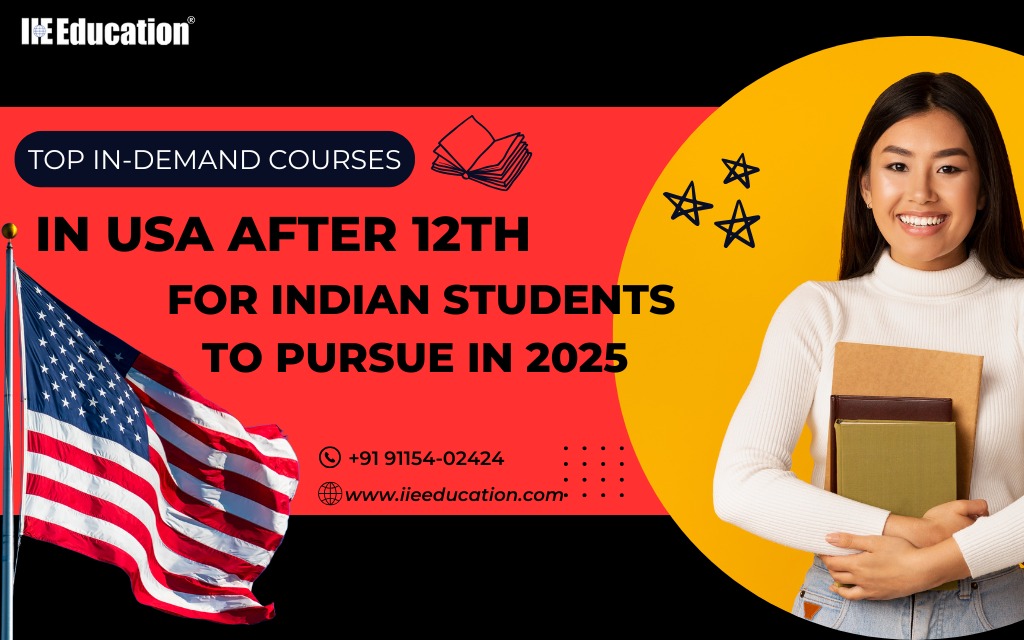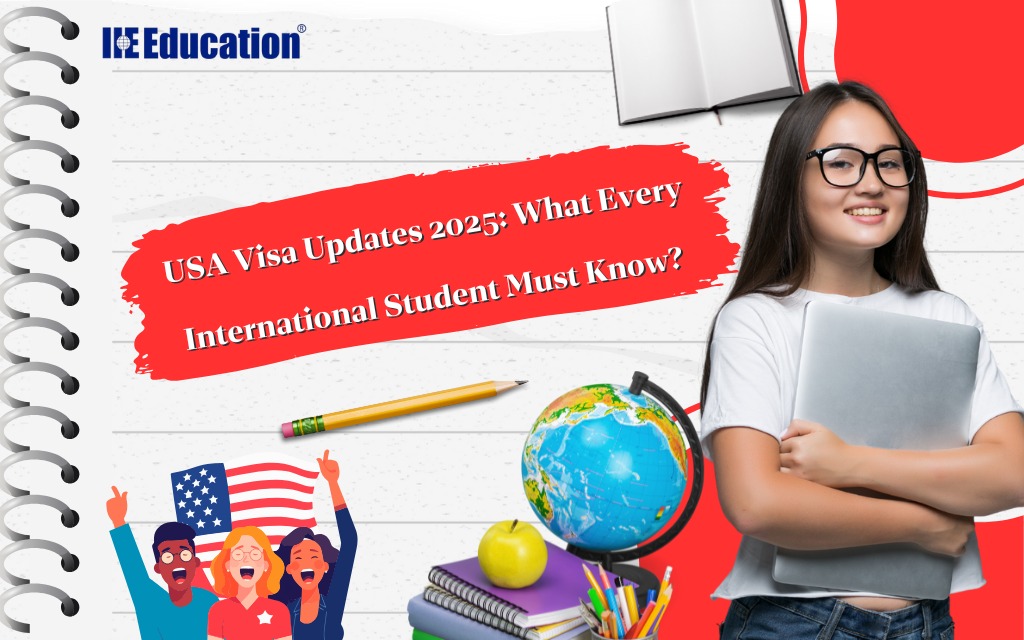How to Apply for a Study Visa in USA: Complete 2025 Guide for Indian Students
Studying in the United States has always been a dream for millions of international students, especially from India. With world-class universities, advanced research opportunities, and global career prospects, the USA continues to attract ambitious learners in 2025. However, before stepping into your American classroom, the most crucial step is securing a USA Study Visa. If you are planning to pursue higher education abroad, understanding how to apply for USA student visa correctly is the key to success. This detailed guide covers the F-1 Visa application, documents, interview process, costs, and expert tips — all updated for 2025. Types of USA Study Visas in 2025 Before learning the US student visa process, students must understand the visa categories: F-1 Visa – The most common visa for academic programs at universities and colleges. M-1 Visa – For vocational or non-academic training courses. J-1 Visa – For exchange programs or cultural study opportunities. For most Indian students applying to US universities, the F-1 visa application is the standard choice. At IIE Education, we guide students in choosing the right visa type and prepare them with complete documentation to avoid mistakes that lead to rejection. Step-by-Step Process: How to Apply for USA Student Visa Applying for a study visa for USA from India in 2025 involves several steps. Here’s a clear, updated roadmap: 1. Receive Your I-20 Form Once accepted into a US institution, you will receive an I-20 form USA universities issue to international students. This form proves your admission and is mandatory for the non-immigrant student visa USA process. 2. Pay the SEVIS Fee Next, students must pay the SEVIS fee payment ($350 approx.) to register in the Student and Exchange Visitor Information System. Without this payment, you cannot proceed with the DS-160 form USA visa application. 3. Fill Out the DS-160 Form The DS-160 form USA visa is an online application form required for all international students. Ensure that your details match exactly with your passport and I-20 form. 4. Schedule Your US Embassy Visa Appointment After completing DS-160, book your US embassy visa appointment or US consulate student visa process slot. During this, you’ll submit fingerprints, photos, and other biometrics. 5. Attend the Visa Interview The final and most important step is the USA student visa interview at the embassy. Officers will assess your intent, financial ability, and study plans. Preparing for USA study visa interview tips and questions is essential to avoid rejection. Documents Required for USA Student Visa When applying for an F-1 Visa application, students must prepare: Valid passport I-20 form USA universities provide DS-160 confirmation page SEVIS fee receipt Visa appointment confirmation Academic transcripts & certificates Proof of financial support Recent passport-size photographs IIE Education provides personalized document checklists to ensure students don’t miss critical paperwork during the US student visa process. How Much Does It Cost to Apply for USA Study Visa? The cost of applying for USA student visa from India in 2025 includes: SEVIS fee: $350 DS-160 visa application fee: $185 Additional charges for document processing and travel While the cost might seem high, securing a study visa for USA from India opens the door to global opportunities. Processing Time for USA Study Visa Students often ask: How long does it take to get a USA study visa? On average, it takes 3–6 weeks after the interview, depending on the student visa processing time USA at the embassy. Delays may occur during peak seasons, so apply early. With IIE Education’s expert guidance, you can prepare and apply on time, avoiding unnecessary delays in your F-1 visa application process. Common Mistakes to Avoid in USA Study Visa Application Many students face rejection due to small errors. Some common mistakes to avoid in USA student visa application include: Submitting incomplete or mismatched documents Lack of confidence during the USA student visa interview Inability to prove financial stability Giving unclear answers about study plans Misunderstanding the USA study visa requirements By avoiding these, you can improve your chances of approval. USA Study Visa Interview Tips The visa interview is a critical part of the process. Here are key how to prepare for F-1 student visa interview in India tips: Be confident and concise in your answers Carry neatly arranged documents Explain clearly why you chose your university Show ties to India to assure you will return after studies Practice USA study visa interview tips and questions in advance IIE Education conducts mock visa interviews for students, ensuring they are fully prepared and confident before the real test. Why Choose IIE Education for USA Study Visa Support? Finding the right consultant can make a huge difference. With years of expertise, IIE Education USA study visa consultants provide end-to-end support — from admissions to the US student visa process. Reasons why students trust IIE Education: Transparent guidance with no hidden charges Personalized counseling for each applicant Assistance in filling DS-160 and SEVIS forms Mock interview training for USA student visa interview success Trusted as the best USA study visa consultant in Jalandhar – IIE Education Final Thoughts Applying for a study visa for USA from India in 2025 is not complicated if you follow the correct steps and seek the right support. From obtaining your I-20 form USA universities issue, to preparing for your F-1 Visa application, every stage requires accuracy and preparation. With professional assistance from IIE Education – USA student visa experts, students can avoid rejection, reduce stress, and achieve their American dream smoothly. Whether you’re looking for USA study visa requirements, interview tips, or guidance on the student visa processing time USA, IIE Education is your trusted partner. So, if you’re ready to begin your journey of studying in the US, start your application today and let IIE Education help you unlock your future in America.
How to Apply for a Study Visa in USA: Complete 2025 Guide for Indian Students Read More »





